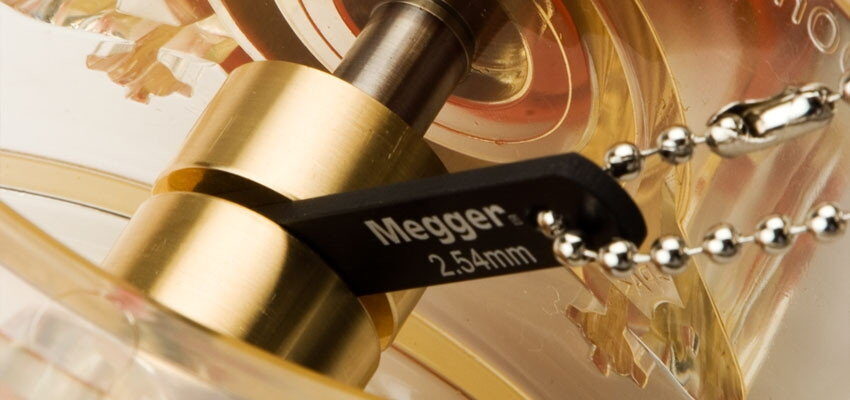
Preparing vessels for dielectric fluid testing
Abstract Breakdown voltage testing is widely used to assess the condition of dielectric fluids used in transformers. The results obtained, however, are reliable only if...
byPaul Swinerd

Abstract
Breakdown voltage testing is widely used to assess the condition of dielectric fluids used in transformers. The results obtained, however, are reliable only if strict procedures are followed to ensure the cleanliness of test vessels and to guard against the contamination of samples, particularly by moisture. IEC and ANSI standards propose slightly different approaches to achieving the required level of cleanliness but, correctly and rigorously applied as explained in this article, either approach is, in practice, satisfactory.
Keywords: dielectric, fluid, oil, breakdown, testing
Introduction
This article examines the need for careful preparation of the vessels used in the testing of transformer dielectric fluids to ensure that reliable results are achieved. It discusses the factors that most commonly lead to unexpectedly low values for dielectric breakdown and it gives practical information about techniques that will help to eliminate moisture and other forms of contamination.
Sources of unexpected results
When unexpected results are obtained while testing the dielectric breakdown voltage of transformer dielectric fluids, the cause can often be traced to inadequate preparation of the test vessel. In particular, it is likely that insufficient attention has been given to one or more of the following key elements of vessel preparation:
• Storage and subsequent cleaning
• Setting the electrode gap
• Ensuring that the vessel is thoroughly rinsed and then immediately filled with the sample to be tested
• Protection of the sample against contact with air, and prevention of moisture contamination
• Selection of the optimum stirring option for the sample and for the test standard in use
Neglect of any of these elements has the potential to cause an unexpected drop in the measured breakdown voltage. It is essential, therefore, to ensure that all of these factors have been carefully considered and correctly implemented. To help users of dielectric fluid test sets to achieve this, each of the factors will now be examined in more detail.
Vessel storage and cleaning
IEC 60156 recommends that a separate test vessel assembly be used for each type of dielectric fluid that is to be tested. This standard requires that test vessels are filled with dry dielectric fluid of the appropriate type, then covered and stored in a dry place. ASTM proposes the alternative option of storing the vessels empty in a dust-free cabinet. Immediately prior to testing, vessels that have been stored full of fluid must be drained and all internal surfaces, including electrodes, rinsed with fluid taken from the sample to be tested. The vessel must then be drained again, and carefully filled with the test sample, taking particular care to avoid the formation of bubbles. Vessels that have been stored empty, and those that are to be used for testing a different type of fluid from that which they were previously filled with during storage must be cleaned with an appropriate type of solvent before they are rinsed and filled.
ASTM D1816 specifies the use of a dry hydrocarbon solvent, such as kerosene (paraffin) that meets the requirements of D235. Solvents with a low boiling point should not be used as these evaporate rapidly, cooling the vessel and increasing the risk of condensation. Solvents commonly used include acetone and, in the USA, toluene. The use of toluene is, however, banned in Europe.
{READTMAGONLINE 5 68 2 2}







